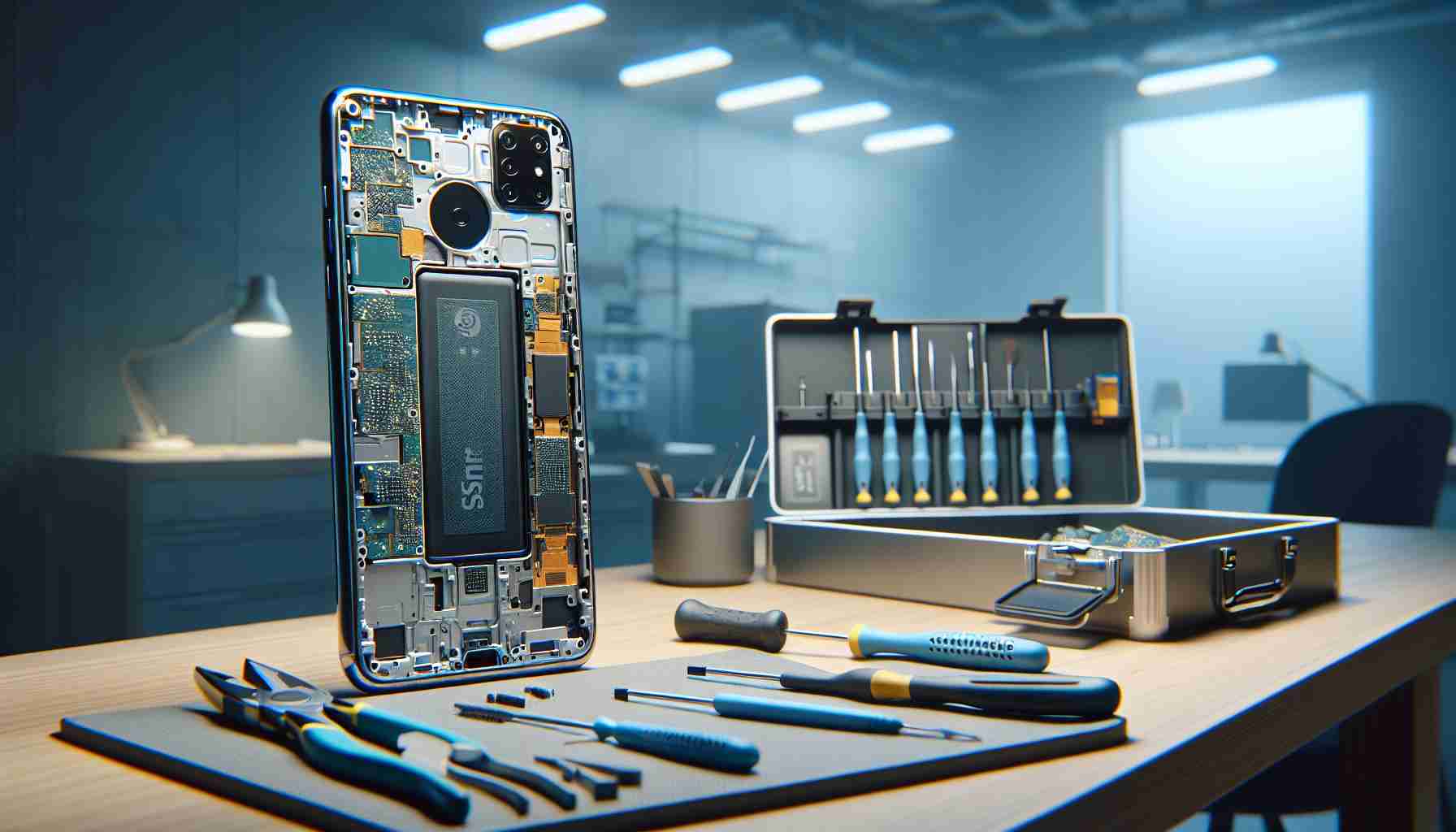Google’s commitment to the right-to-repair movement shines through its innovative partnership with iFixit, which aims at simplifying the repair process of its Pixel products. Advocating the philosophy of internal scores for design serviceability, Google hopes to create a world where fixing a Pixel device is as straightforward as reaching into your kitchen drawer for the necessary tools.
In a recent episode of the Made by Google podcast, an engaging discussion with Steven Nickel, the head of consumer hardware operations at Google, highlighted the company’s dedication to improving the ease of repairing its hardware. Google’s strategy involves a continuous reduction in the use of adhesive materials that bind the components of Pixel phones, which has historically complicated the disassembly process.
Nickel shared an anecdote about the efficiency of a repair station in Japan that had devised a methodical approach solely for the removal of glue from Pixel devices. This story exemplifies Google’s approach to enhancing not just the repair process but also the overall customer post-purchase experience.
Google’s pioneering approach extends to the global availability of repair services, a marked deviation from traditional industry practices which often restrict repairs to the region of manufacture. By constantly refining their Design for Serviceability Scorecard, Google seeks to make every new Pixel generation more repair-friendly.
However, the journey towards a fixture-less repair system, one that eliminates the need for specialized tools, continues for the tech giant. The vision of replacing components like screens with the ease of a homeowner fixing a mundane household item remains aspirational. But with every iteration, Google inches closer to this ideal, indicating a robust pledge to the right-to-repair ideology.
Important Questions and Answers:
– What is the significance of Google’s partnership with iFixit?
The partnership with iFixit is significant because it allows end-users and independent repair shops access to official repair tools and guides. It marks Google’s active engagement in supporting the right-to-repair movement by enabling consumers to repair their devices more easily.
– What challenges does Google face in its right-to-repair objectives?
One key challenge is the balance between device robustness and repairability. Waterproofing, structural integrity, and compactness often require adhesives and complex assemblies that can impede repairs. Moreover, there’s the ongoing challenge of persuading other industry players and policymakers to embrace and support right-to-repair initiatives.
– Are there any controversies associated with right-to-repair for Google Pixel phones?
The right-to-repair movement itself is subject to controversy, with some arguing that it could compromise device security and safety if unqualified personnel attempt repairs. Furthermore, original manufacturers may be resistant to sharing proprietary information required for third-party repairs.
– How does Google’s commitment to right-to-repair impact the consumer?
Google’s approach to improving repairability can benefit consumers by potentially lowering repair costs, extending the lifespan of devices, and reducing e-waste. However, there could be concerns about warranty voidance and reliability of repairs when not conducted by certified professionals.
Advantages:
– Environmental Impact: Improved repairability contributes to sustainability by reducing e-waste.
– Cost Savings: Consumers could save money on repairs as self-service options become more feasible.
– Consumer Empowerment: Offering more options for repair supports consumer rights to maintain and repair purchased products.
Disadvantages:
– Security and Safety: Potentially increased risk of improper repairs leading to security vulnerabilities or safety issues.
– Intellectual Property: Manufacturers may be reluctant to release proprietary information necessary for third-party repairs.
You can explore more about Google’s right-to-repair efforts and their products on their official website by using the following link: Google. Please make sure to verify that the URL is valid and safe before clicking.
